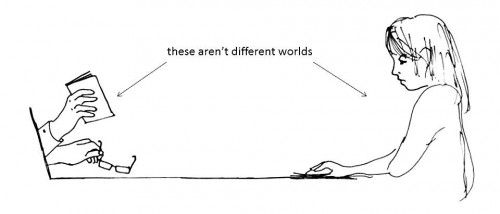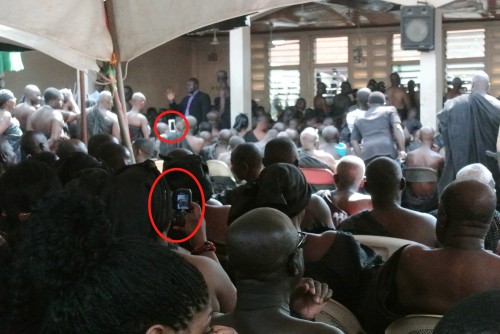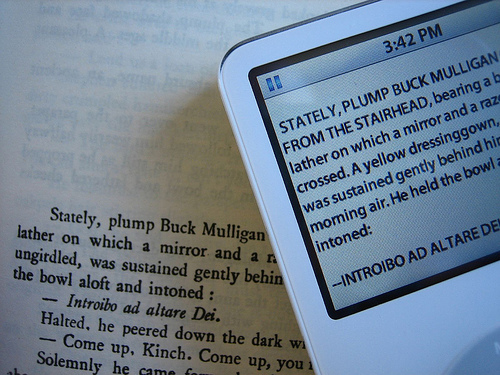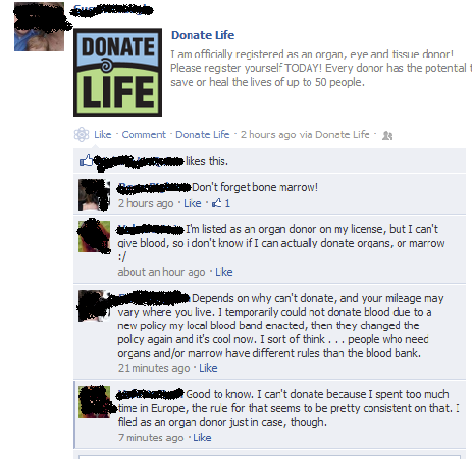
Ann Swidler argues that we operate using complex cultural repertoires. These are the propensities, scripts, frameworks, and logics—the tools with which to navigate everyday life. Our repertoires are vast, and often contradictory—and yet we deftly pull what we need, when we need it, easily ignoring contradictions. She illustrates these practices through narratives of romantic love, in which participants, within the same interview, draw seamlessly on logics of independence (e.g. we are separate people and we need our separate space), intertwinement (e.g. we have grown together over the years, our marriage is a true union of two souls), fate (e.g. we were meant to be) and rationality (e.g. marriage is a product of hard work and sacrifice).
With Swidler’s cultural tool kit as a framework, we can begin to make sense of the logical gymnastics that enabled a Virginia Sheriff to fire his subordinates for hitting a Facebook “Like” button in support of an opposing candidate and then argue successfully in court that this firing was not a violation of free speech. more...









